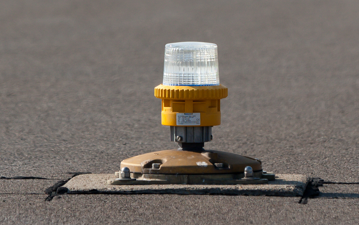Jet Blast Study: A comprehensive analysis and real-life measurements
airsight has conducted a series of extensive studies on jet blast, a critical factor in airport planning and operations. The study, which for the first time included various set ups of real measurements, aims to address the uncertainties surrounding jet blast-related risks and provide more accurate and reliable data for airport planning and safety management. It focuses on the impact of jet blast from self-propelled aircraft on areas where vehicles, equipment, and personnel operate. With the trend towards optimising space utilisation and reducing fuel consumption, understanding the true impact of jet blast on safety and risk is crucial and the simple application of manufacturer contours is not precise enough.
Better understand taxi operations
The assessments on behalf of a major international hub airport employed a unique, risk-based approach, combining full-flight simulator trials, measurements, and technical research to obtain more accurate values. This approach allows for a more precise design, efficient use of space, and fewer operational restrictions, while maintaining or increasing safety levels.
The impact of various factors on jet blast extent, such as aircraft-engine type combination, aircraft weight, slope, meteorological conditions, and pilot behaviour has been studied. This analysis provides valuable insights into taxi operations and the use of thrust in different situations and allows for better conclusions on the resulting risk.
Infield measurements and risk-based analysis
In addition to engine run-up measurements with a static aircraft, a comprehensive campaign was carried out to measure jet blast at specific and critical locations over an extended period of time. airsight, together with the client, developed an easily deployable, simple, and self-sufficient system of wind sensors to be placed at carefully selected areas. The entire campaign, down to each single installation, was subject to a careful and specific planning and hazard management process. The results of these measurements, merged with ground movement data, allowed for a risk-based and aircraft-specific analysis of certain areas.
In conclusion, the study provides a more nuanced understanding of jet blast-related risks, enabling airports to adopt a real risk-based management approach to jet blast issues. For more information or to discuss your specific needs in relation to jet blast, please feel free to contact us.
Key Facts



